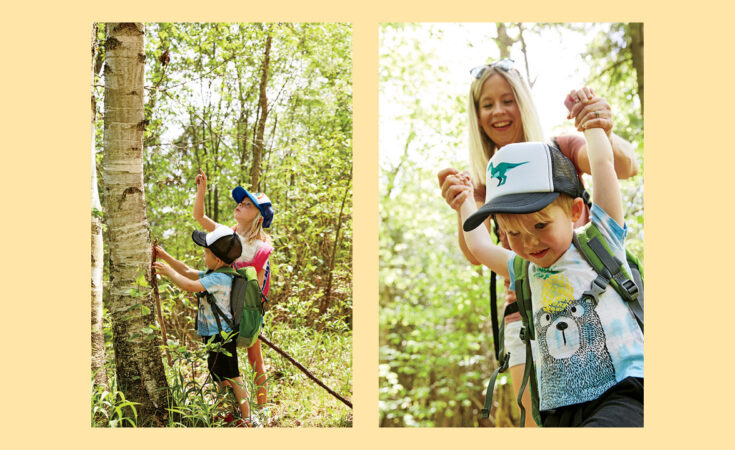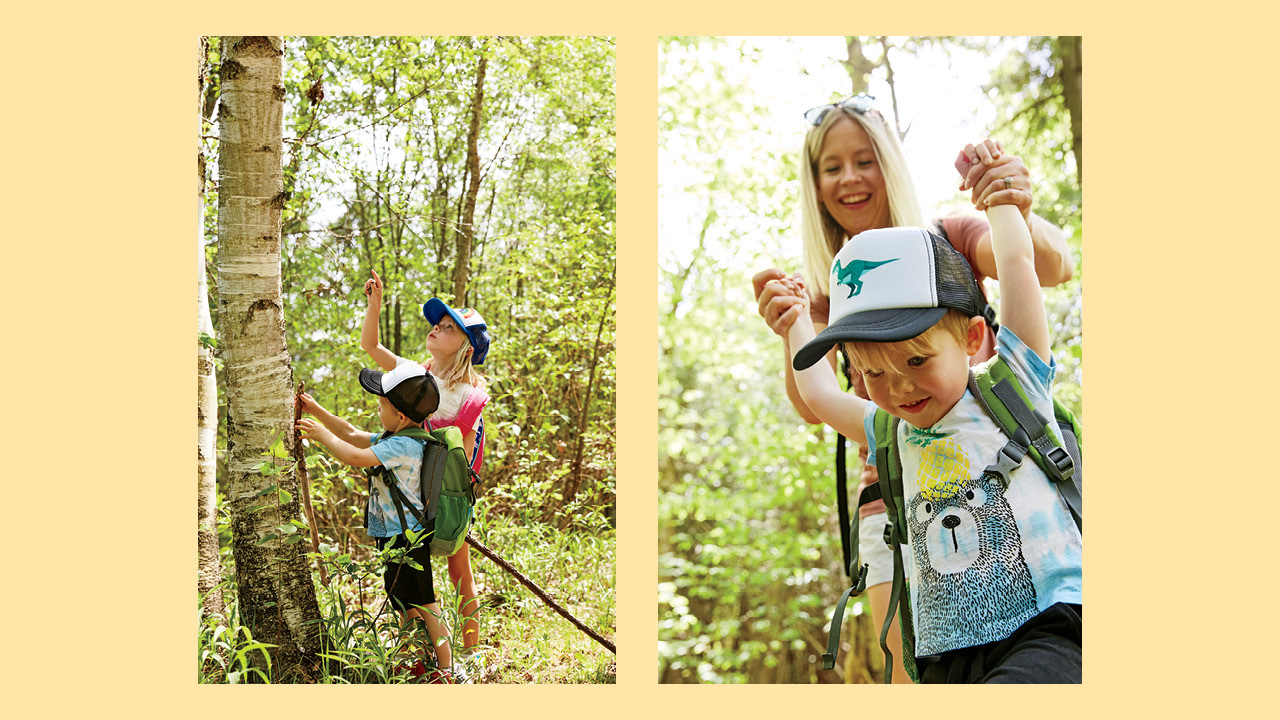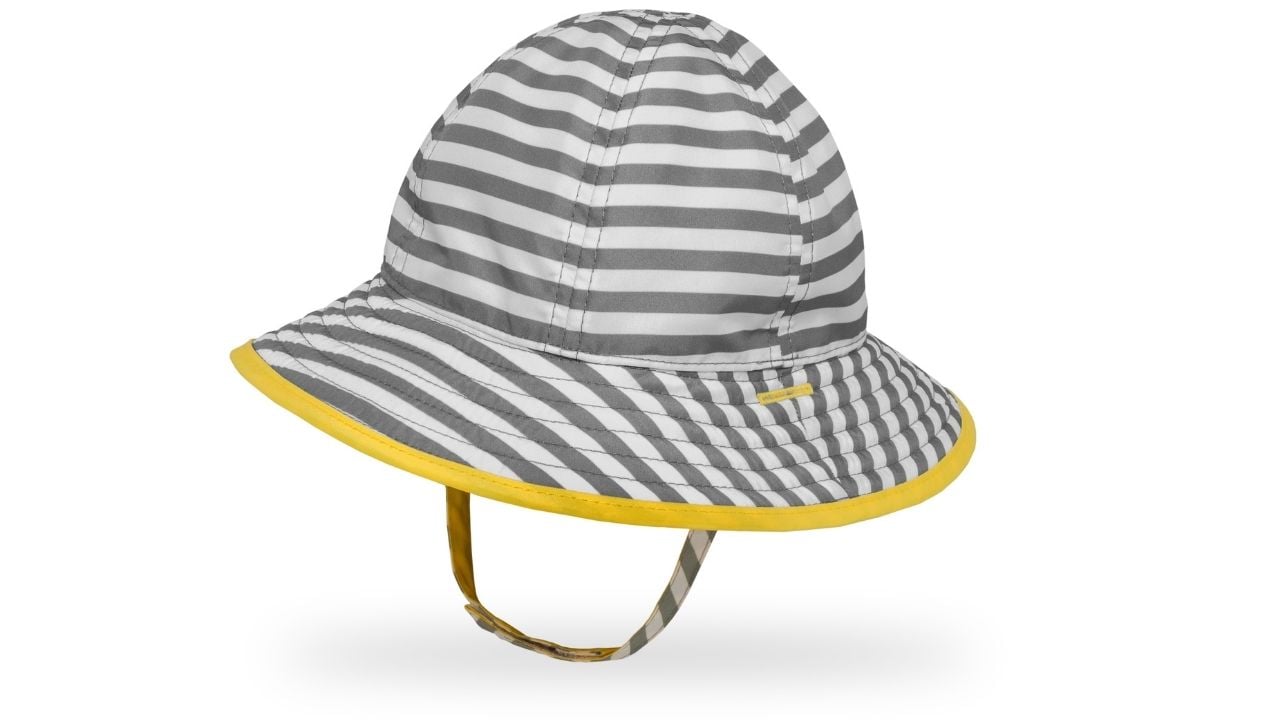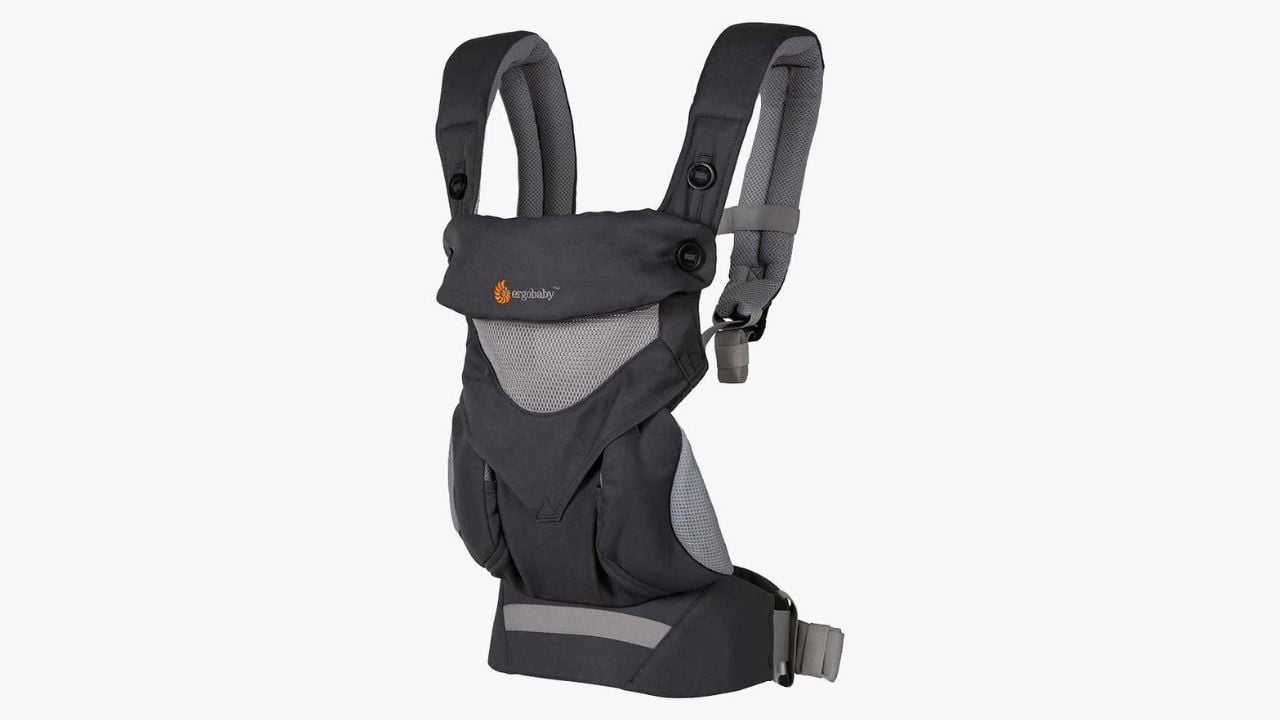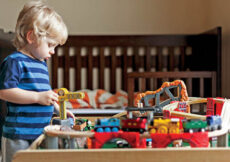“No more walking!” my three-year-old screamed during his first hike without a carrier. We weren’t even halfway. Remembering the bubbles in my backpack, we decided to end with a smile instead of completing the hike at all costs.
My husband and I have guided paddling, dogsled and backpacking trips over the years—but adventuring with our own little ones is completely different.
Like a lot of families who have been driven outdoors by pandemic restrictions, we’ve realized it’s important to adjust expectations and celebrate just making it outside, whether the path leads through Toronto’s ravines or Alberta’s Rocky Mountains. Here’s how to make happy trails for even the youngest explorers.
Prioritize
Tanya Koob, owner of the blog Family Adventures in the Canadian Rockies, says to “gradually work your way up to the bigger kilometres and days. Bring friends [COVID permitting!], keep it light and let the children lead. If they just want to stop and play in the creek, let them play.”
As parents, it’s easy to get caught up in what we think we “should” be doing (thanks, Instagram), but hiking tunes us in to what we really need. There are as many reasons to hike as there are places to hike. Finding a path to explore can provide what so many of us have been craving over the last year: fresh air, healthy movement and meaningful connection to ourselves, to nature and to loved ones.
Plan
The steps that happen before lacing up your hiking boots can feel overwhelming. “Fortunately, the more you get outside, the easier it gets, the better your packing list becomes and the more experienced you become,” says Koob.
When choosing a trail, consider distance, elevation, fitness and motivation. The average adult can hike about three to six kilometres an hour on flat terrain. But kids are more unpredictable and they like to take breaks—often! To increase buy-in, involve them in planning the route and navigate toward features like waterfalls, caves and creeks.
Timing is also key. To avoid crowded trails and parking lots, plan hikes around off-hours (weekdays, early mornings and in the afternoons once the quick hikers leave), in sub-ideal weather and at lesser-known spots. Remember to check online for trail closures and wildlife concerns.
Pack
If parents can play diaper bag Tetris, they can master packing for a hike—it’s all about systems. Daypacks should be roughly 10 percent of a hiker’s weight. Little ones will probably carry only a leak-proof water bottle, snack and maybe a random toy—if you’re lucky! If you’re going to have them carry a pack, make sure it’s one with chest clips.
Googling “10 hiking essentials” will yield a solid packing list. But simple walks need simpler systems. For kid-friendly hikes with cell service, your pack might hold extra clothes, Band-Aids for blisters or scrapes, water and sun protection. Extra socks are great for muddy puddles, and a map—even if you’re in the middle of the city—will help children celebrate their progress.
Never leave home without snacks, snacks and more snacks. We avoid the “hangries” by bringing “adventure donuts” (in other words, Timbits), which motivate the kids to get going.
For mid-hike peeing, I recommend giving drip-dry a try (or, as my daughter calls it, “wiggle-wiggle-wiggle”). But if you choose to bring wipes also pack a zip-top bag so you can follow the adage “pack it in, pack it out.”
Unless you’re scaling mountains, comfy runners beat a stiff pair of hikers. Wear what you can move in, and while you’re still honing your systems, bring more layers than you think your family will need.
Play
Take it easy on yourself by making the hike fun. Lower expectations, read your kids’ energy levels and pull out the trail games when enthusiasm wanes. Hide-and-seek is a classic, but make physical boundaries or have an adult on watch so you don’t end up playing a stressful real-life version. To amp it up, the “it” person can give shorter and shorter counts each round to challenge hiders’ camouflage abilities.
Novelty motivates younger kids, and might even help the adults remember to laugh. Repeat-after-me songs like “Down by the Bay” are instant winners. Or bring a scavenger hunt printable of commonly found nature items (like acorns, bird, leaf, etc.) to keep kids busy. Older kids may be interested in learning actual hiking skills, such as orienteering, nature identification and geocaching. The whole family can get involved in creative activities like making nature art or a photography contest using your smartphone.
If the day’s still going sideways despite snacks, skills and sillies, Koob says, “There’s no harm in ending a hike early and going for ice cream.”
Prep for next time
Capture the learnings from each hike. What was the best mistake you made, and what worked well? Try a dinner-table debrief with a highlight, lowlight and learning.
Above all, remember that hiking with kids is a long game, and creating outdoor-loving humans is the prize at the end.
Go-to gear for hiking with kids
Photo: Courtesy of Attitude Living
Plastic Free Mineral Sunscreen Stick SPF 30, $20, attitudeliving.com
Photo: Courtesy of Sunday Afternoons
Sunskipper Bucket Hat, $28, sundayafternoons.ca
Photo: Courtesy of Ergobaby
360 All Positions Baby Carrier, $180, ergobaby.ca
Photo: Courtesy of Nalgene
16oz Wide Mouth Sustain, $18, nalgenecanada.com
Photo: Courtesy of Wildwood Eyewear
Kids Beech Wood Sunglasses, $30, wildwoodeyewear.ca
Photo: Courtesy of Care Plus
Care Plus Icaridin 20% Deet-Free Insect Repellent, $16, walmart.ca

